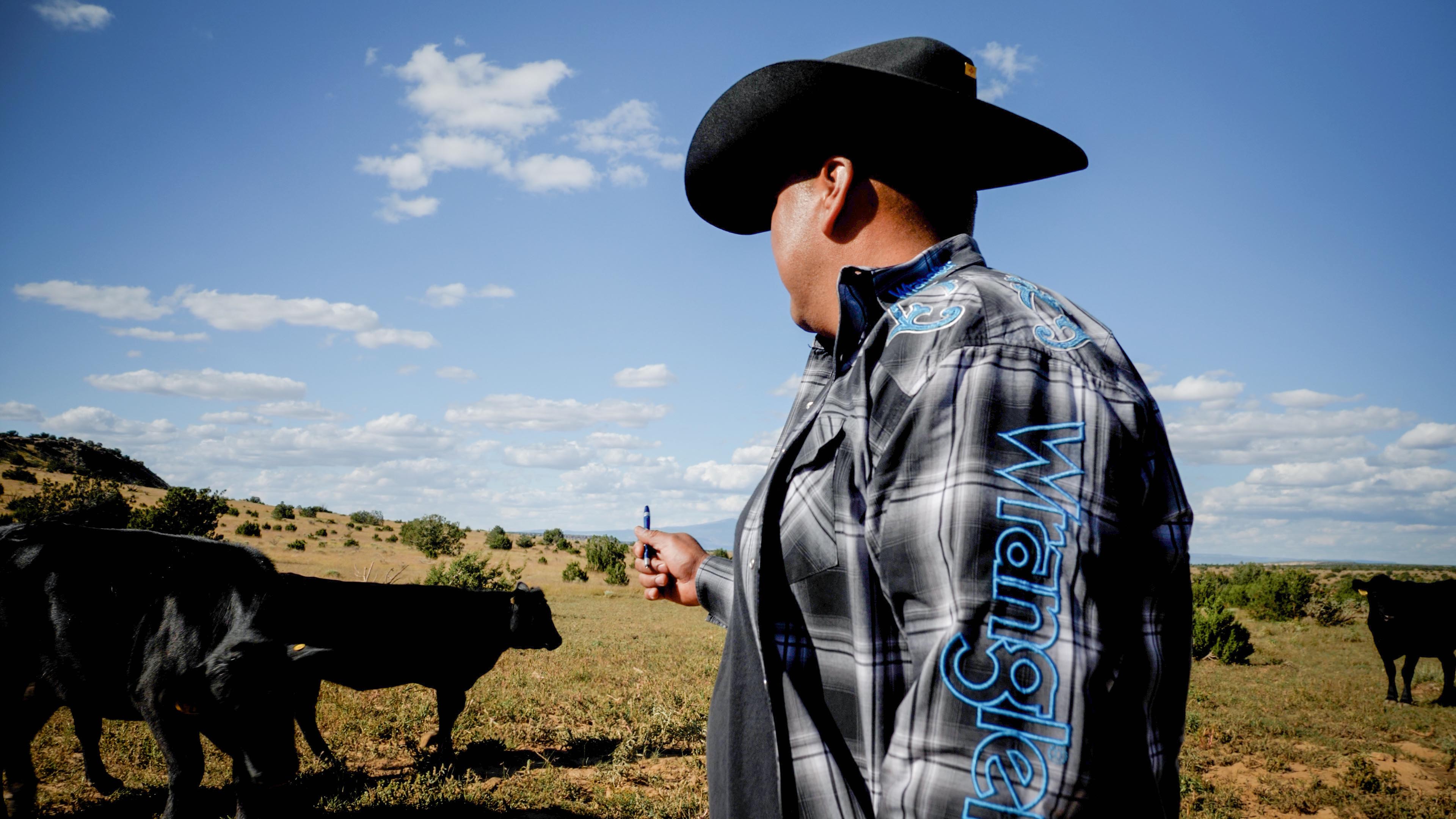More than 46 million acres of tribal land in the United States are used for production agriculture, an inherently high-risk business. The U.S. Department of Agriculture (USDA) is here to help the producers who operate these tribal lands to prepare, recover, and build long-term resilience to natural disasters, through a suite of disaster assistance programs, crop insurance and other risk management options, and conservation programs and practices.
A new Tribal Partnerships page on USDA’s farmers.gov website is designed to connect Tribal Nation leaders, land managers, agricultural producers and citizens with USDA programs and services. Developed as part of USDA’s commitment to its federal trust responsibility to Tribal Nations, the web page showcases opportunities for land access, indigenous representation, conservation partnerships, and support for tribal food sovereignty.
USDA’s Farm Service Agency (FSA), Natural Resources Conservation Service (NRCS), and Risk Management Agency (RMA) offer programs, technical assistance, and insurance products for managing risk and ensuring a safety net from weather.

Crop Insurance
Through the Federal Crop Insurance Corporation, USDA provides crop insurance to farmers and ranchers to help them manage risks on their farms and ranches. There are many types of insurance products available for a wide variety of production practices, including organic and sustainable agriculture. Crop insurance can be obtained through an Approved Insurance Provider (crop insurance agent), while other programs, including FSA’s Noninsured Crop Disaster Assistance Program (NAP) coverage can be accessed by contacting your local USDA Service Center.
Disaster Assistance Discovery Tool
Producers who recently suffered loss or damage due to a natural disaster including crop and livestock losses, farmland damage as well as damages to farm or ranch infrastructure such as hay storage facilities, fence, and equipment can use the USDA Disaster Discovery Tool to receive personalized results outlining which programs best meet their needs. Find disaster assistance program details and learn more about USDA assistance at the USDA Disaster Resource Center.
Risk Protection for Beginning, Veteran, Limited Resource and Minority Producers
In 2023, FSA made improvements to NAP to enhance risk protection coverage for beginning, veteran, limited resource, and minority producers. Learn more about NAP coverage and other disaster recovery programs at farmers.gov/protection-recovery.
Crop Acreage Reporting
To be eligible for many USDA programs, including risk management programs, agricultural producers must file timely acreage reports that document the crops grown on their farm or ranch and their intended uses. Deadlines for filing crop acreage reports vary by crop and by state and county.
FSA staff at local USDA Service Centers will provide producers with maps and acreage reporting deadlines, by crop, for their county. A crop insurance agent can assist with reporting information necessary for crop insurance benefits. Learn more about crop acreage reporting here.
Farmers.gov Portal
Producers can also manage their USDA business on farmers.gov. Signing up for an account provides one place to do business online with FSA and NRCS, including the ability to e-sign documents, request assistance and apply for programs. Features on this site will help expedite acreage reporting, including the ability to view, print and label maps. A farmers.gov account also offers self-service for FSA and NRCS customers to manage FSA farm loans and NRCS conservation contracts.
Customers who are new to USDA should visit Get Started at Your USDA Service Center, then go to farmers.gov/account to create a farmers.gov account.
More Information
For more information about USDA support and partnerships with Tribal Nations, visit farmers.gov/tribal. To learn more about FSA and NRCS programs, producers can contact their local USDA Service Center. Visit RMA online to find risk management education and training opportunities. Watch this USDA Office of Tribal Relations video to hear how USDA Helps Acoma Pueblo Ranchers.
This blog post was updated on Jan. 15, 2025.


